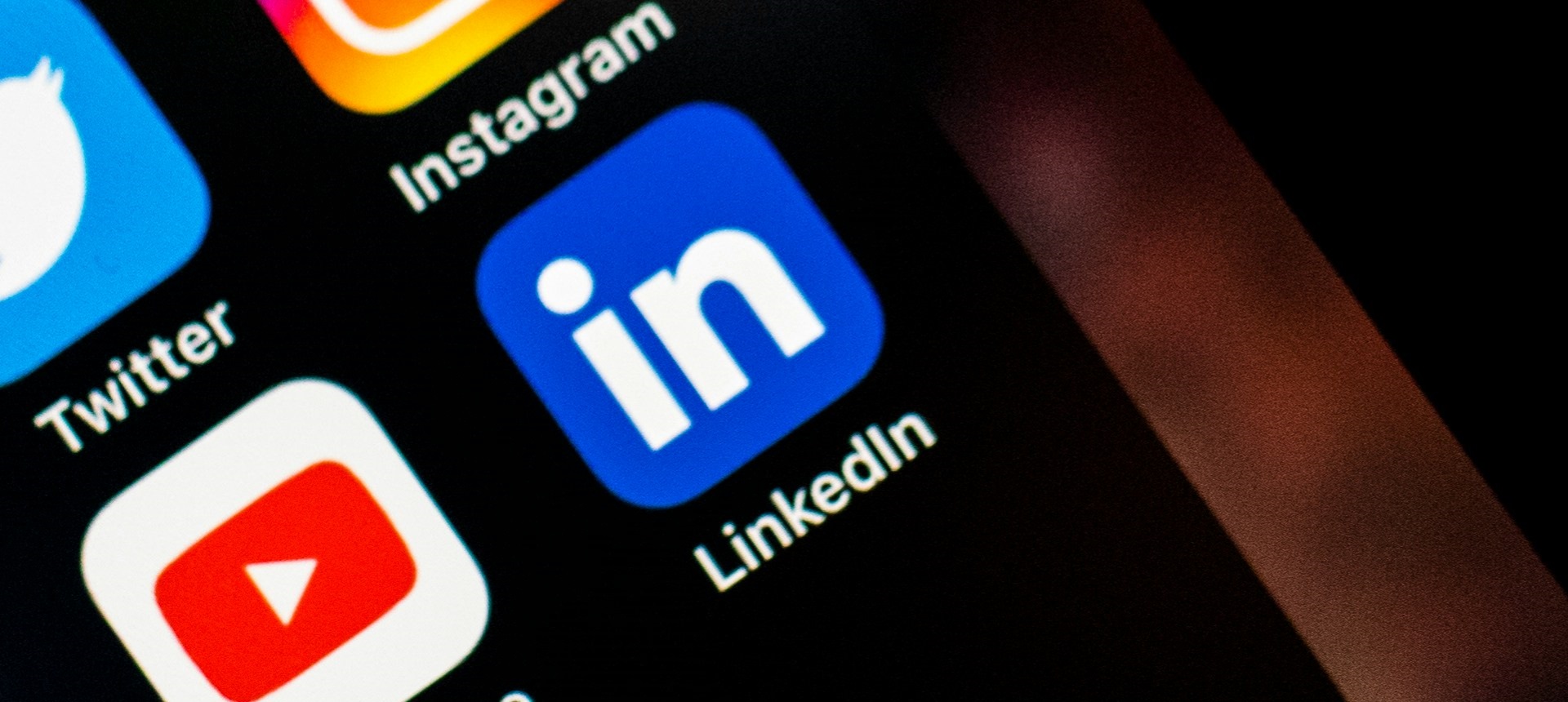Over the last year and a half, as the COVID-19 pandemic has pushed all kinds of businesses to digitally transform and embrace automation, the subject of just how many jobs artificial intelligence (AI) can and will replace has become ever more prevalent. The topic is so relevant in today’s working world that websites such as willrobotstakemyjob.com have been created, giving an estimated percentage of just how many job roles will be replaced by AI tools or machinery in the future.
Even back in 2019, before the pressure of the pandemic forced businesses to pivot to a more automated way of working, the BBC reported that robots were to replace up to 20 million factory jobs by 2030. More recently, last month techjury.net announced that stats in 2021 show that up to 800 million roles could be phased out. Many of these jobs will be repetitive, manual labour that can be faultlessly executed by artificially intelligent machinery. But what do these statistics mean for those in the creative sector and, more specifically, writers? Will copywriters be completely replaced by AI?
A quick Google search reveals tens of different AI-powered copywriting tools, promising to create engaging and grammatically accurate marketing copy to grow businesses and increase sales.
YouTubers have taken it upon themselves to review such services, having tested them to create blog posts, product descriptions, website copy and other forms of content traditionally written by a human. In one such review, YouTube creator WP Eagle praises these tools, but adds the caveat that “you definitely need to fact check some of the stuff that it spits out.” He adds that “sometimes what it says is just not right”.
This suggests that, while these tools can be useful to create a first draft, the copy is not client-ready and a thorough proofread, edit and fact check is absolutely necessary for the content to be considered ‘finished’.
A great explanation of AI tools in the medical sector by Curtis Langlotz, radiologist at Stanford, can be applied to copywriting: “AI won’t replace radiologists, but radiologists who use AI will replace radiologists who don’t.”
It seems likely that AI software will be embraced by copywriters as a supporting tool, not as a replacement, for their work. It is important to note that something AI tools lack is emotion, empathy and humour, vital elements in stories that connect with the humans who consume them. AI tools might empower copywriters to create content more quickly, and perhaps at scale, but the tools will be another arrow in their quiver, not the bow itself.








